The green list guide to holidays in Iceland: where to stay and what to do
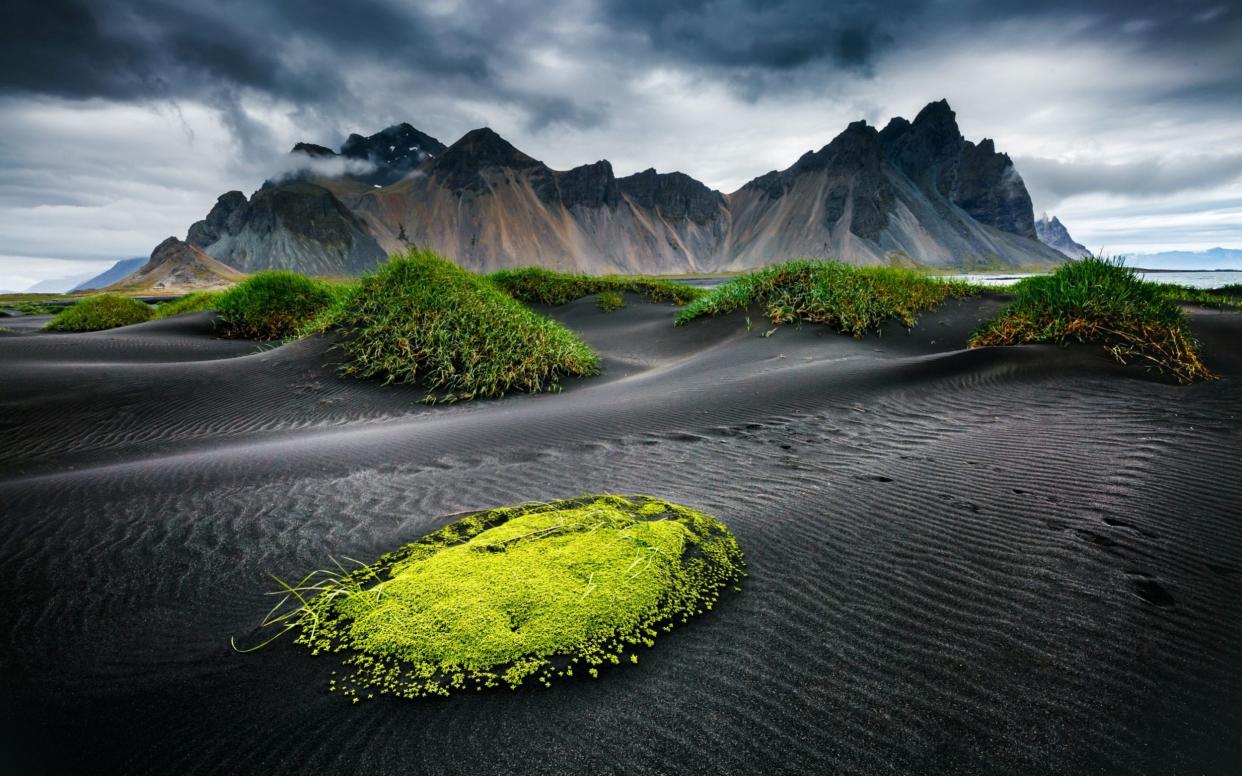
It’s a cliché but Iceland really does have something to offer everyone – a fact borne out by the variety of ways one can experience this renowned natural wonderland. Following the UK Government’s announcement that the Land of Fire and Ice has been granted a spot on the coveted green list, deeming it safe to travel from May 17, this is the time to discover its bountiful appeal for yourself.
Like your high-adrenaline adventure trips? Iceland has more mountains, glaciers, volcanoes, ice caves and fast-flowing rivers than you can shake a Go-Pro at. Prefer high-end to high jinks? The growing luxury scene spans private travel in cars and helicopters as well as exclusive experiences in hotels, spas, restaurants, and even out in nature. Throw in a plethora of memorable family-friendly excursions, endless opportunities for remoteness and some decent budget options, and you can easily tailor your holiday to suit your specific needs. Here's how to make the most of this inspiring, friendly and wonderfully dramatic little island.
1. Find uncharted luxury
Iceland’s luxury travel infrastructure side has been developing slowly but surely in recent years. There are still no five star hotels – only a five-star hotel floor near the airport – but the number of excellent four-stars has been steadily growing, along with a slew of tour providers. Deluxe Iceland offer unique and private experiences ranging from helicopter tours over volcanoes, special access to ice caves and lava tunnels, and an exclusive lunch in the highlands. It’s also possible to simply base yourself in an upscale hotel such as Rangá, Canopy by Hilton, the Blue Lagoon Retreat or the ION Adventure Hotel and arrange trips via the respective concierge desks. Foodies won’t want to miss new Reykjavik restaurant OX, the country’s only Michelin-starred spot.
How to do it: A six day privately guided "Fire & Ice" package that includes a helicopter ride over an active volcanic eruption, Blue Lagoon spa, private snowmobiling and stays at luxury hotels, costs £3240 per person, with Deluxe Iceland (deluxeiceland.is). A seat at ÓX costs around £200 per person and includes food, drink and service of your meal including wine pairings or non alcoholic drink pairings and coffee (ox.restaurant). For more ideas on where to stay, see our guide to the best hotels in Iceland.
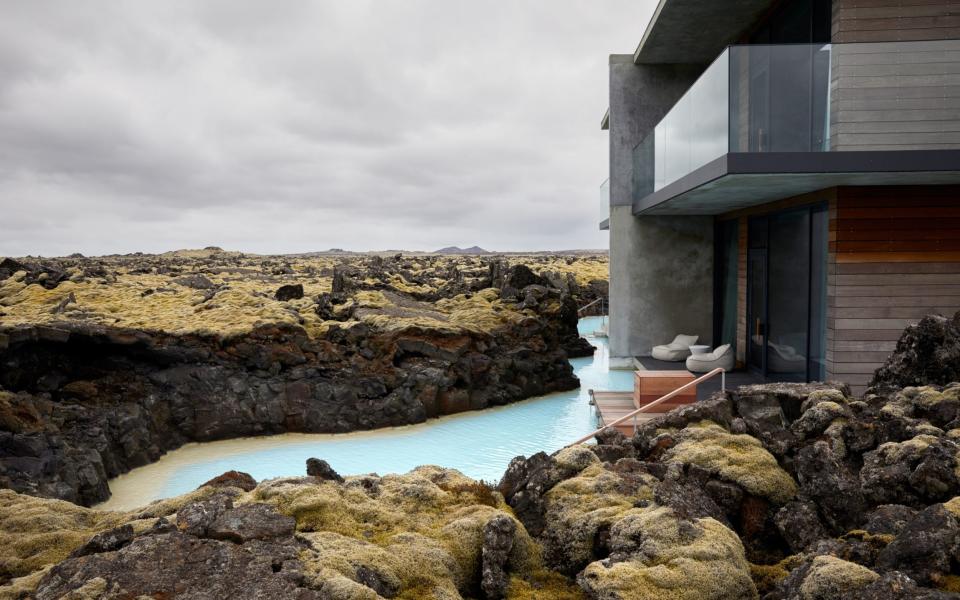
2. Travel on a shoestring
Iceland is a notoriously expensive country, but many of its major draws – most notably the majestic nature, from waterfalls and lava fields to rivers and northern lights – are completely free. There are plenty of simple but reasonably priced bed and breakfasts scattered around the country, as well as a decent infrastructure of hostels and campsites. Staying at these and either driving or cycling around the ring road while dining cheaply via local service stations and supermarkets is probably the cheapest you can travel in Iceland. If you don't have the two or three weeks recommended for a full island trip, consider a few days exploring the scenic south coast.
How to do it: A dorm at the Loft HI Hostel in Reykjavik costs £20 per person for a dorm bed; a private room costs around £70 (lofthostel.is). Discover more about camping in Iceland at rent.is, plus more hostel options at hostel.is and Telegraph Travel's guide to the best hostels in Reykjavik.
3. Revel in nature’s playground
The Land of Fire and Ice has long been a destination for adrenaline junkies. Dotted with volcanoes, mountains, canyons and glaciers, and threaded with rivers and waterfalls, the country can be explored and enjoyed in a huge variety of ways, from skiing and snowmobiling to husky rides, ice caving, lava tunneling, and endless hikes and climbs. Some of the most popular and accessible glaciers are just a couple of hours from Reykjavik, including Snaefellsnes, Langjökull and Eyjafjallajökull (yes, the one that exploded in 2010). Additional activities to consider include white river rafting, snorkeling in Silfra and taking a super Jeep ride through the dramatic interior.
How to do it: The Ice Climbing and Glacier Hiking tour on Sólheimajökull with Iceland Adventure Tours is a full-day trip (lasting around 10 hours) and costs from £230 per person, including transfers and equipment (icelandadventuretours.is).
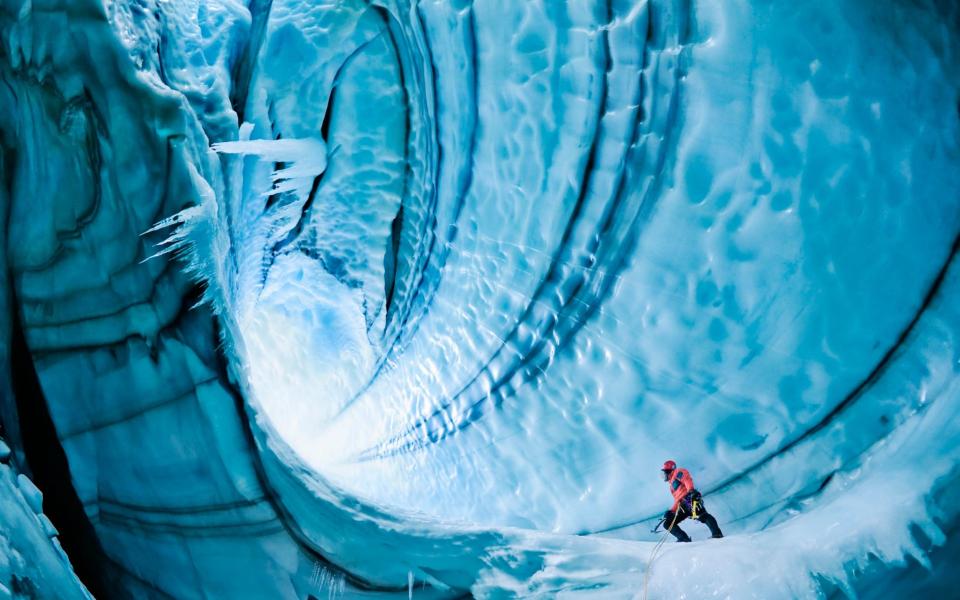
4. Hike into the wilderness
Iceland offers both glorious remoteness and memorable hiking in equal measure. Two of the biggest, superstar trails can be found in the photogenic south: the Laugavegur Trail runs 34 miles (and takes three to four days) through the Fjallabak nature reserve in the uninhabitable highlands and takes in rhyolite mountains, black sand glaciers and steaming fumaroles; while the Fimmvörðuháls Trail – 18 miles taking one to two days – will take you through the diverse (lava fields and forests) landscapes of the Þórsmörk Nature Reserve. If you want even more remoteness, head to the Hornstradir Nature Reserve in the Westfjords; only reachable by boat during summer and you’ll need to bring your own tent and food – but once there, 580 square kilometres of uninhabited wilderness is yours to explore.
How to do it: It’s possible to plan many hiking tours without a guide, including the Laugavegur Trail (mountainguides.is), but several companies also offer guided hikes. A six-day hike with Arctic Adventures costs around £1,200 per person. (adventures.is). Learn more about hiking in Iceland on visiticeland.com.
5. Explore the Arctic Coast
Launched in 2019, the Arctic Coast Way guides visitors almost 600 miles along the country’s lesser-explored but utterly gorgeous northern coastline. The scenery here is just as spectacular as on the south coast, with everything from deserted beaches, fishing villages and mountains to snap and enjoy, as well as basalt stacks, lava fields, and wildlife ranging from wild horses, seals and whales, and plenty of birds. Aside from whale (and dolphin) watching at Husavik, be sure to detour and explore the surreal and spectacular geology of Lake Myvatn and surrounds. There’s also plenty of coastal cuisine, fascinating Norse mythology and the vibrant town of Akureyri en route too.
How to do it: It’s possible to plan the Arctic Coast Way yourself, but travel companies like Discover the World can take care of the organising everything for you for around £1,500 per person (based on an 11-day trip), excluding flights (discover-the-world.com).
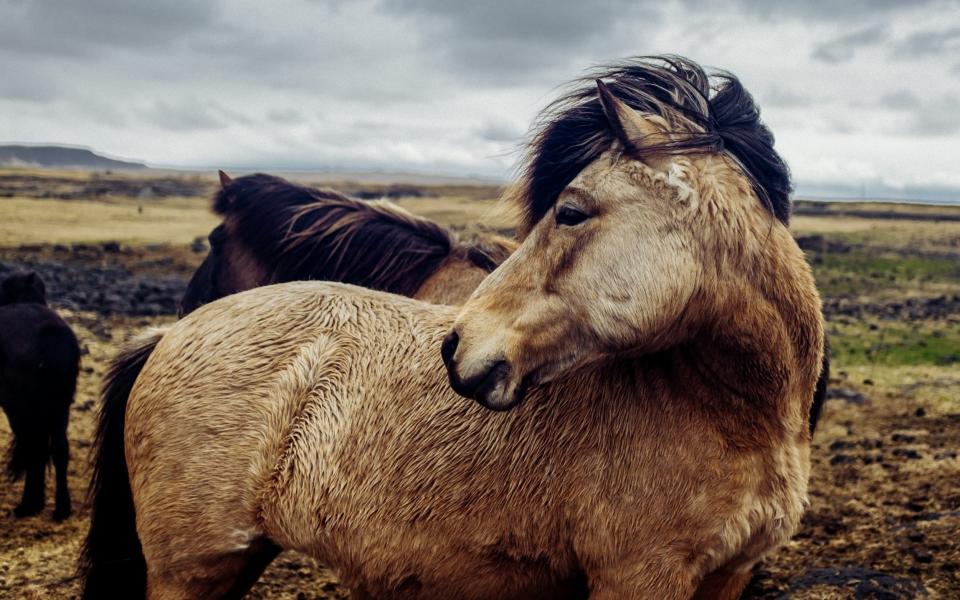
6. Treat the family
The best place to begin a family trip is in the small, mellow and culturally resplendent capital, Reykjavik. Kids can learn all about Norse culture at places like the Saga Museum and Viking Museum, and there’s plenty of adventure within easy striking distance too. Take a whale-watching or puffin-spotting trip from the pretty harbour, hop on a bus to see sprouting geysers and the majestic Gullfoss waterfall on the Golden Circle day tour, or spend an afternoon splashing around in the Blue Lagoon. Reykjavik even has its own beach, Nautholsvik, complete with a temperature-regulated hot pool.
How to do it: Elding run regular whale-watching tours from around £70 per adult and puffin-watching tours from £40 (elding.is). Reykjavik Excursions run regular Golden Circle tours for £50; children under 11 travel free (re.is).
Everything you need to know before booking your green list getaway to Iceland
When is the best time to visit?
Iceland is technically an all-year-round destination, thanks largely to the tourism board’s efforts at creating an exciting balance of international and local events throughout the year – and the higher chance of seeing the northern lights during winter. But the warmer months are ideal since more of the country is open (including the highlands, which are closed in winter) and the natural sights as well as budget options like camping are more accessible.
Are the beaches open?
Almost all beaches are public and therefore open, though private beaches such as Nauthólsvík – as well as local swimming pools – may well have restricted opening times and lower admittance rates (currently around 50 per cent).
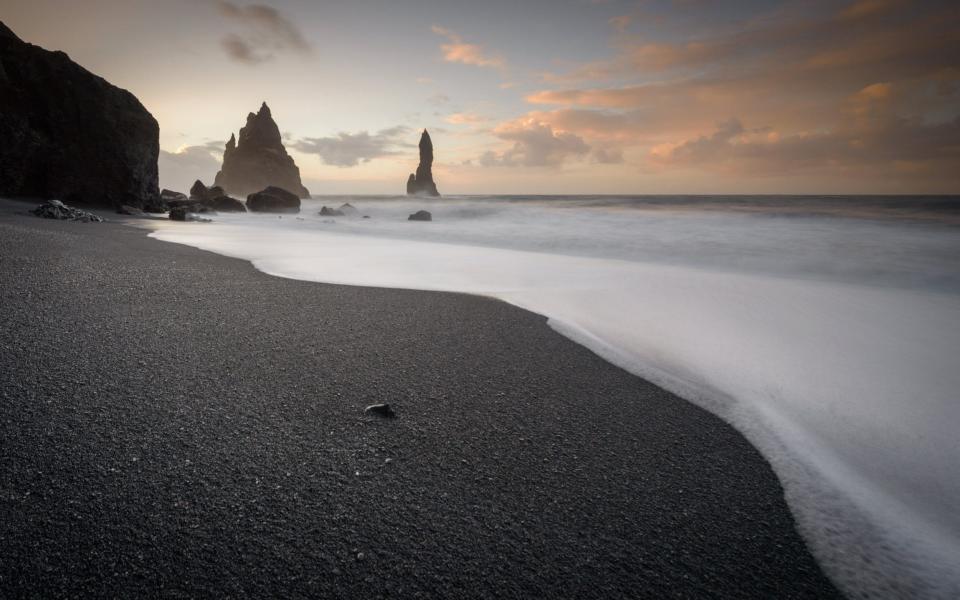
What other Covid rules are in place?
A few restrictions remain – the maximum number of people allowed in the same location is 20 persons, with certain restrictions, both in public and private locations; the two-metre distance limit between people who are not closely linked must be ensured; face masks must be worn on public transport, in shops and other services. However, further loosening on these restrictions looks set to commence from next week onwards. Visit covid.is for the latest advice and information.

